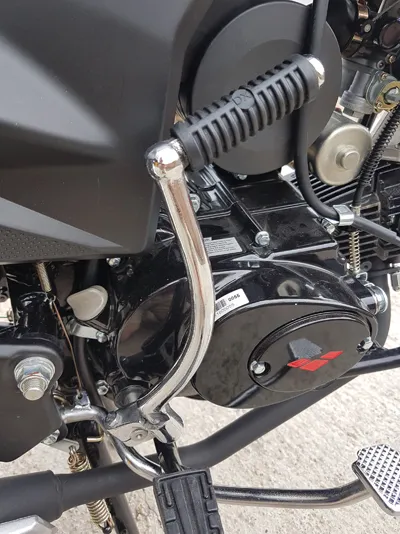
Motorcycle Engineering
Andrew Livesey
- 362 pagine
- English
- ePUB (disponibile sull'app)
- Disponibile su iOS e Android
Motorcycle Engineering
Andrew Livesey
Informazioni sul libro
Motorcycle Engineering is a primer and technical introduction for anyone interested in motorcycles, motorcycling, and the motorcycle industry. It provides insight into how motorcycles are made and operated.
Motorcycles, mopeds, and scooters are important factors in world transport, and they are playing an increasingly important role in transport policy as we move towards greater environmental awareness. Motorcycles and scooters give freedom of personal transport that enable large commuter distances to be covered quickly and easily. Their small footprint offers easy storage as only minimal space is required. To celebrate the importance of motorcycles on the world stage, a brief history is included with a detailed timeline detailing the development of the motorcycle alongside major world events.
Written in an accessible fashion, no previous knowledge of engineering or technology is required, as all technical terms are readily explained and a glossary and abbreviation list is included. Whether you are an enthusiast, racer, student, or industry professional, you will surely find this an enjoyable read and a handy reference book on your shelf.
Domande frequenti
Informazioni
Chapter 1
Power unit – engine

IDENTIFICATION
ENGINE PERFORMANCE
- Power – this is work done in unit time.
- Torque – turning moment about a point.
- * is multiply and / is divide
Bike/car | Capacity | BHP | Weight (kg) | BHP per ton |
|---|---|---|---|---|
Kawasaki ZX6R | 599 cc | 130 | 185 | 702 |
Harley Davidson | 883 cc | 53 | 263 | 201 |
Triumph Bonneville T120 | 1198 cc | 80 | 224 | 357 |
Suzuki Hayabusa | 1299 cc | 173 | 251 | 689 |
Kawasaki H2 motorcycle | 1000 cc supercharged | 310 | 215 | 1442 |
Typical BTCC car | 2-liter turbo | 350 | 1000 | 350 |
German Touring Motorcycle - DTM | 4-liter supercharged | 500 | 112... |